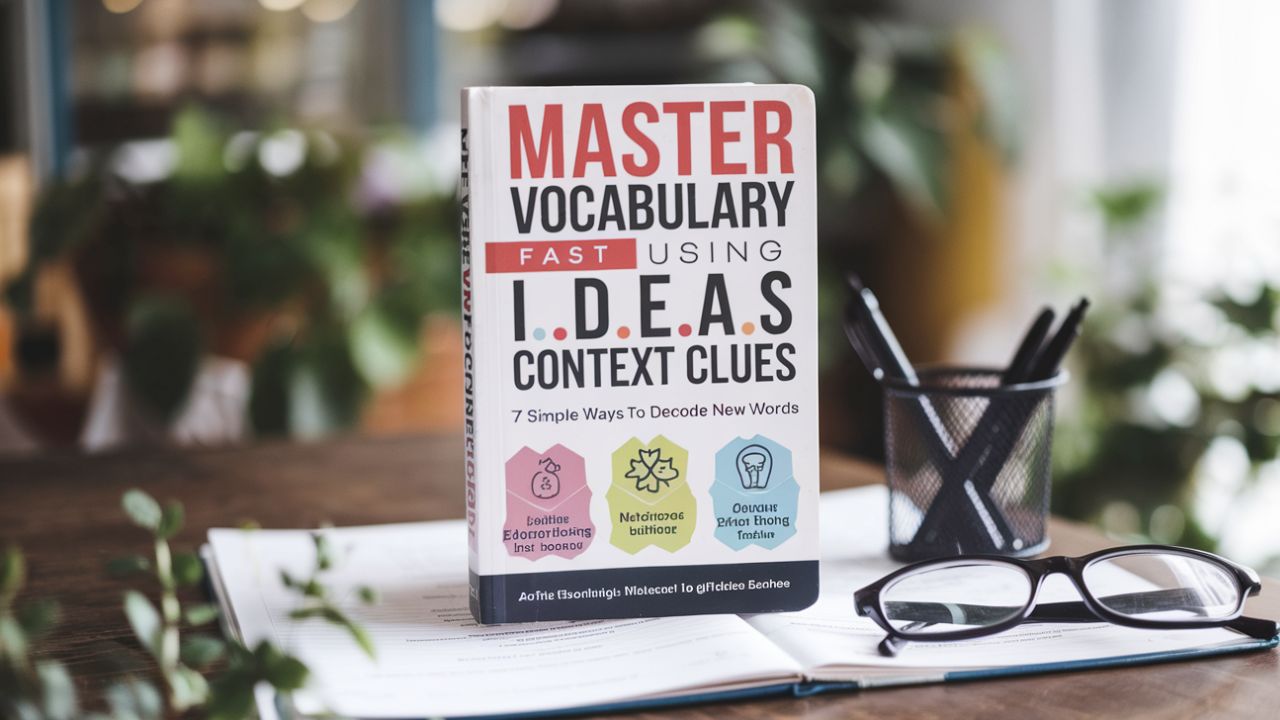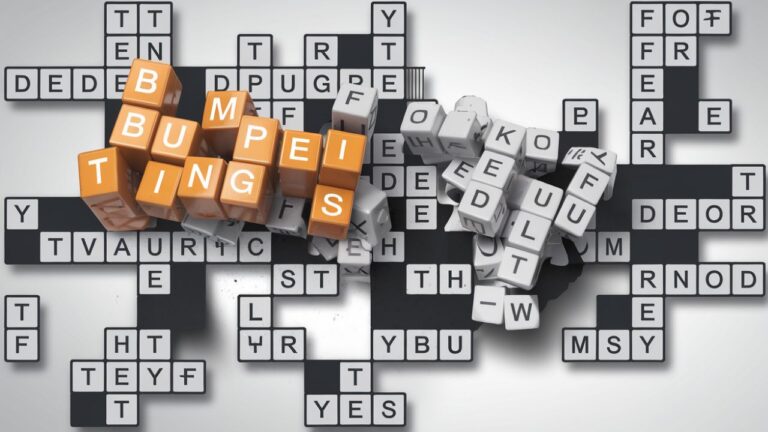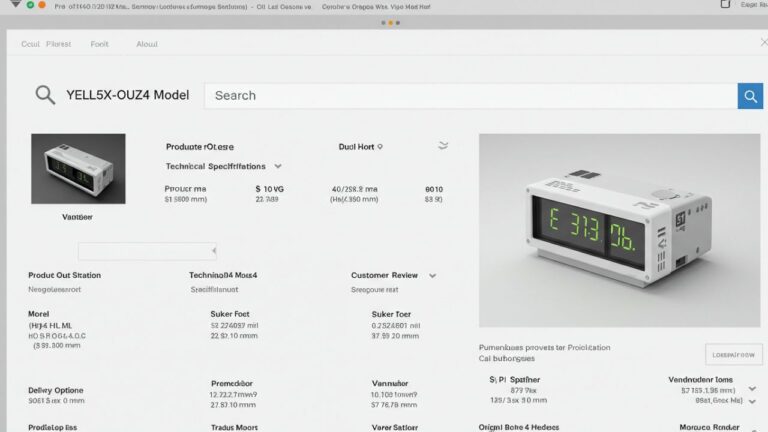
I.D.E.A.S Context Clues
Reading comprehension improves dramatically when students learn how to decode unfamiliar words using i.d.e.a.s context clues. Readers often encounter words they don’t immediately understand, especially when tackling new topics or complex texts. Instead of guessing blindly or skipping confusing words, students should rely on structured strategies like i.d.e.a.s context clues to unlock meaning.
The i.d.e.a.s context clues strategy breaks down five specific clue types that writers often leave within sentences or surrounding paragraphs. These clues help students figure out unfamiliar words without needing a dictionary. Learning to spot these clues makes reading smoother, more enjoyable, and far less intimidating for readers at every level.
What Are I.D.E.A.S Context Clues?
I.D.E.A.S context clues stands for five types of word clues commonly found in reading passages. These clues include Inference, Definition, Example, Antonym, and Synonym context clues. Together, these strategies give readers the tools needed to understand new vocabulary while improving comprehension.
Teachers frequently introduce i.d.e.a.s context clues in middle school reading and ELA classrooms. Students should practice identifying and applying each type regularly. Eventually, using these clues becomes second nature, boosting vocabulary retention and reading confidence at the same time.
Why Learning Context Clues Matters
Learning to use context clues, especially i.d.e.a.s context clues, empowers readers to decode words on their own without external help. Vocabulary mastery depends on strong, flexible comprehension skills. Students who recognize context clues improve their reading fluency, comprehension, and test performance.
Additionally, readers build independence when they practice context clue skills. They become more confident tackling challenging texts, including fiction, nonfiction, science, and social studies. Overall, learning to decode words naturally strengthens both academic performance and lifelong reading habits.
Breaking Down the I.D.E.A.S Acronym
The i.d.e.a.s context clues strategy divides word clues into five categories. Understanding these categories helps students quickly recognize the type of clue presented in a passage.
I — Inference Clues
Inference clues require readers to use reasoning and surrounding details to guess the word’s meaning. Writers often leave hints through tone, emotion, or situation descriptions. The reader must draw logical conclusions based on the information provided.
Example:
The abandoned puppy whimpered, looking frail and emaciated, with ribs poking through his thin skin.
Inference:
The word “emaciated” likely means extremely thin, weak, or underfed, based on the context clues around it.
D — Definition Clues
Writers sometimes include direct definitions or explanations immediately after difficult words. These definitions usually follow clue phrases like “means,” “is,” “refers to,” or appear within commas or parentheses.
Example:
A peninsula is a landform surrounded by water on three sides.
Definition Clue:
The sentence directly defines “peninsula,” making it easy for readers to learn this new word instantly.
E — Example Clues
Example clues give specific examples illustrating a word’s meaning. Authors might use phrases such as “such as,” “for example,” or “including” to introduce these clues. These examples help readers infer meanings through relatable or familiar situations.
Example:
Celestial bodies, such as the sun, moon, and stars, fill the sky.
Example Clue:
Listing examples of celestial bodies helps readers understand that the term refers to objects found in outer space.
A — Antonym Clues
Antonym clues present opposite ideas or meanings to highlight unfamiliar words. Phrases like “but,” “however,” “unlike,” “on the other hand,” and “whereas” often introduce antonym clues. Identifying these words helps determine contrasting meanings.
Example:
Unlike the boisterous crowd outside, the library remained hushed and serene.
Antonym Clue:
Since “boisterous” contrasts with “hushed and serene,” readers can infer its meaning as noisy and lively.
S — Synonym Clues
Synonym clues use words with similar meanings placed nearby, helping readers understand difficult terms. Writers sometimes restate ideas using clearer synonyms to reinforce meaning. Signal words like “also,” “in other words,” or “similarly” introduce these clues.
Example:
The colossal statue, enormous in size, dominated the city’s square.
Synonym Clue:
The word “enormous” clarifies that “colossal” means extremely large or massive.
Benefits of Using I.D.E.A.S Context Clues
Adopting i.d.e.a.s context clues strengthens comprehension, vocabulary, and confidence while reading. Using this strategy offers students several important benefits:
-
Improved word knowledge without memorizing dictionary definitions.
-
Faster comprehension when encountering unfamiliar words in context.
-
Greater independence while reading challenging materials.
-
Enhanced reasoning, inference, and problem-solving abilities.
-
Better test-taking skills on standardized assessments involving vocabulary questions.
Teachers and students both benefit when context clue skills improve because classroom discussions and comprehension activities become more meaningful and rewarding.
When to Use I.D.E.A.S Context Clues
Readers should apply i.d.e.a.s context clues whenever unfamiliar vocabulary appears within a passage. Stopping to decode words immediately improves comprehension while preventing misunderstanding. This strategy works especially well for:
-
Academic textbooks in science, history, or social studies.
-
Literary fiction or nonfiction containing sophisticated vocabulary.
-
Newspaper articles or online content covering unfamiliar subjects.
-
Standardized tests like reading comprehension sections or vocabulary quizzes.
Practicing regularly makes recognizing clues and decoding difficult words quicker and more natural.
Simple Practice Activities Using I.D.E.A.S Context Clues
Teachers can use fun, easy activities to help students practice recognizing and applying i.d.e.a.s context clues. These exercises strengthen comprehension while keeping lessons engaging:
-
Sentence Sorting:
Provide mixed sentences containing each context clue type and ask students to identify the category. -
Fill-in-the-Blank:
Give students passages missing key words, then provide context clues for them to guess the missing term. -
Context Clue Challenge:
Offer difficult words within passages and let students explain how they decoded the meaning using clues. -
Group Story Writing:
Groups create short stories inserting challenging words, then surround them with clear context clues. -
Multiple-Choice Quizzes:
Create multiple-choice questions asking students to pick the correct meaning based on context clues.
Tips for Mastering Context Clues
Students can build context clue skills faster by following these practical tips during reading assignments:
-
Look for signal words like “such as,” “unlike,” or “means” that reveal context clues nearby.
-
Pay attention to punctuation like commas, dashes, or parentheses containing definitions or examples.
-
Reread the sentence before and after the unfamiliar word to gather extra information.
-
Break down the sentence’s tone, situation, and relationships between ideas.
-
Use process-of-elimination strategies when faced with multiple possible meanings.
Consistently applying these tips makes deciphering unfamiliar words much easier, improving reading speed and comprehension levels.
How Teachers Can Integrate I.D.E.A.S Context Clues in Lessons
ELA teachers should incorporate i.d.e.a.s context clues into daily reading activities, vocabulary lists, and assessments. Regular exposure strengthens student skills while improving academic vocabulary across subjects. Effective classroom strategies include:
-
Posting the I.D.E.A.S acronym and definitions on classroom walls.
-
Introducing one context clue type each week with examples.
-
Creating games, contests, and story challenges using context clues.
-
Including context clue questions within reading comprehension quizzes.
-
Allowing peer teaching sessions for students to explain clue types.
Using these ideas consistently helps students internalize context clue strategies quickly and naturally.
Common Mistakes When Using Context Clues
Even skilled readers occasionally make mistakes when applying i.d.e.a.s context clues. Common errors to avoid include:
-
Ignoring nearby words or skipping unfamiliar vocabulary entirely.
-
Relying too heavily on personal guesses without using context evidence.
-
Misinterpreting antonym clues as synonyms, or vice versa.
-
Overlooking punctuation or signal words revealing direct definitions.
-
Reading too quickly without pausing to gather full context.
Recognizing and correcting these mistakes makes readers more accurate, thoughtful, and confident when decoding new words independently.
Conclusion
Mastering i.d.e.a.s context clues builds vocabulary, reading comprehension, and critical thinking skills in fun, practical ways. Readers decode unfamiliar words faster by identifying inference, definition, example, antonym, and synonym clues within passages. Using these strategies consistently boosts academic success and lifelong reading enjoyment.
With regular practice, strong classroom lessons, and helpful activities, students turn vocabulary challenges into confidence-building opportunities. By applying context clues effectively, readers conquer unfamiliar words, sharpen their reasoning, and grow into curious, thoughtful, independent learners prepared for any text ahead.







